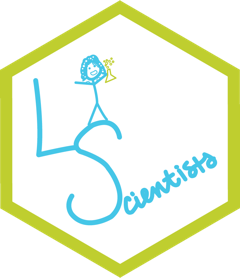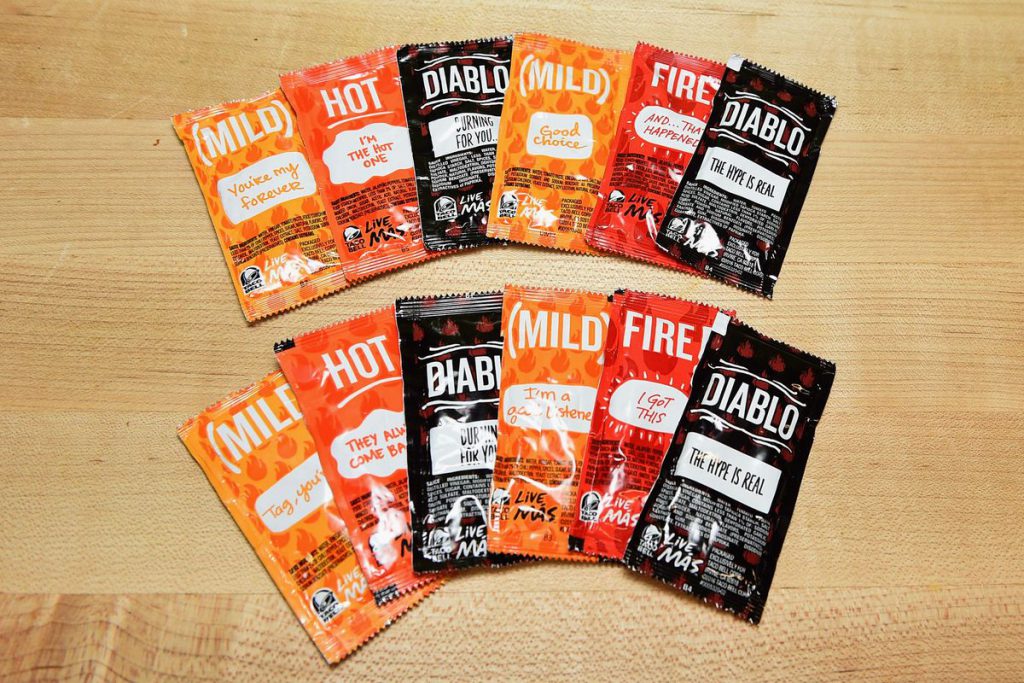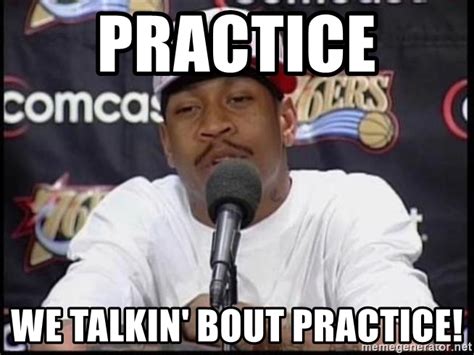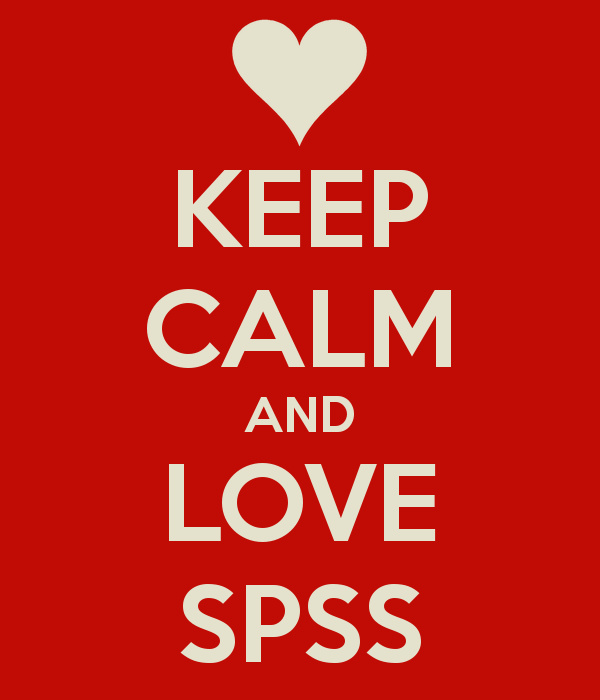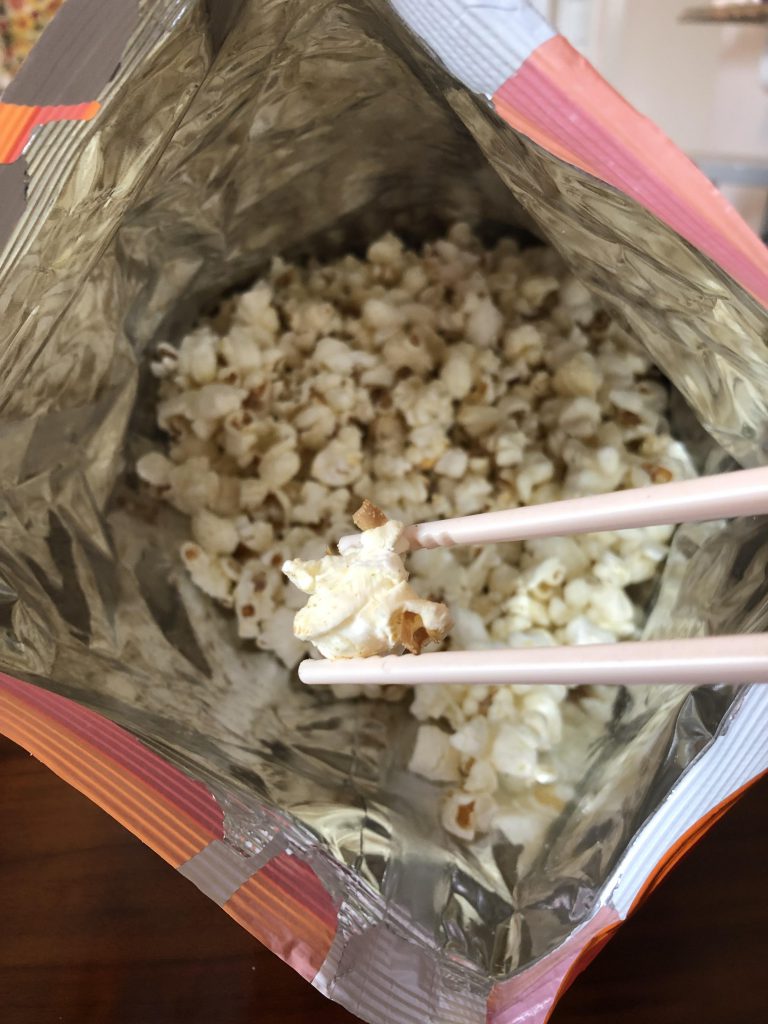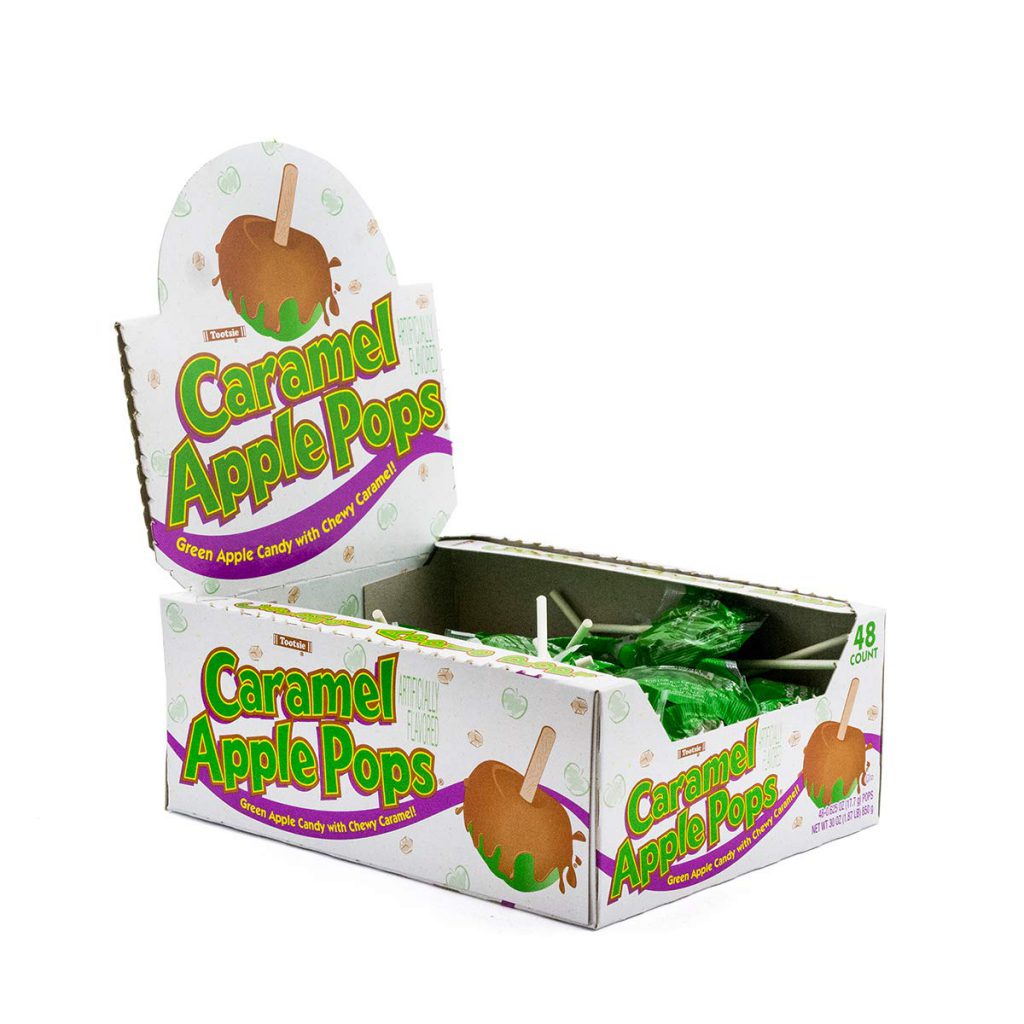Jamovi Assignments that Teach Climate Change
Kimberly A. Barchard (LinkedIn), Matthew R. Helm, John D. Watt , Kaelyn Griffin, from the University of Nevada, Las Vegas have created a series of Jamovi assignments. These 10 assignments include step-by-step instructions to take students from the basics of opening data files to the complexities of creating a professional conference poster (complete with literature review, method, results, graph, and […]
Jamovi Assignments that Teach Climate Change Read More »

